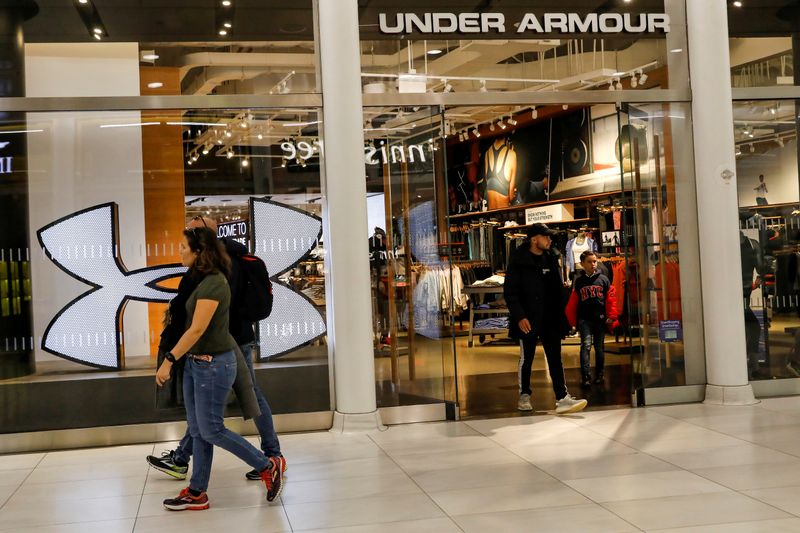Gold prices set for weekly gains on dovish Fed outlook; silver near record high
With a weakening brand strength and intensifying competition, Lululemon Athletica (NASDAQ:LULU) is facing a slowdown in growth and “could be the next UAA,” said Jefferies analysts in a note, referring to the rise and fall of sportswear maker Under Armour (UAA).
Jefferies analysts point to several factors contributing to Under Armour's downturn, including a shift in consumer preferences from performance-oriented athletic wear to athleisure styles.
Moreover, the company faced headwinds from industry leader Adidas, which captured a significant portion of the market share, while Under Armour's expansion into footwear and fitness apps diverted attention from its foundational apparel business.
As a result, after enjoying over 25 consecutive quarters of sales growth exceeding 20%, the company saw a deceleration in revenue growth in the fourth quarter of 2016, which eventually turned negative by the third quarter of 2017.
According to Jefferies analysts, LULU is experiencing similar challenges.
“1) Data shows LULU losing incremental share to Alo/Vuori, 2) fashion in bottoms is shifting to wide-leg (not a core for LULU), and 3) entrance into Mirror and footwear are mistakes in strategic direction,” analysts wrote.
“The Result: LULU's total sales growth avg of >30% last 12 qtrs slowed to near 10% today,” they added.
Analysts also highlighted that Lululemon's financial metrics are at an unprecedented high, with sales per square foot exceeding $1,600, compared to the mall average of around $300. Gross margin percentages are near 60%, well above the 45% seen by its peers, and EBIT percentages are around 25%, doubling the industry norm of 12%.
This suggests that LULU’s ballooning metrics “could hit a wall and inflect negatively.”
Jefferies’s team reduced their LULU estimates for the calendar year 2025 by 25% below consensus projections, and reduced the target price from $300 to $240, implying a downside risk of 36%.
